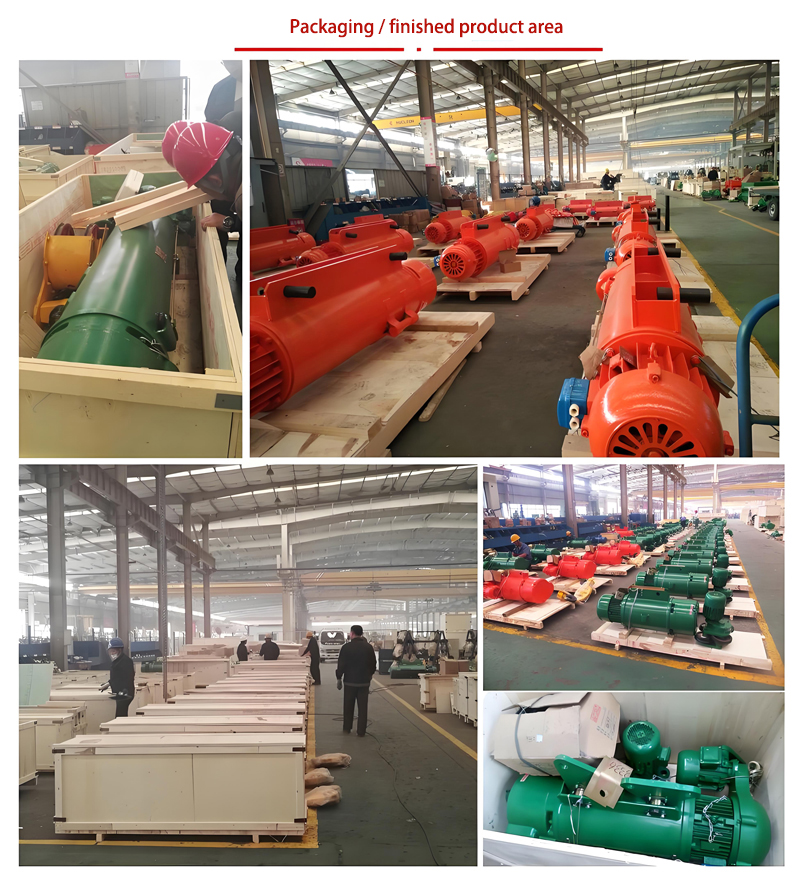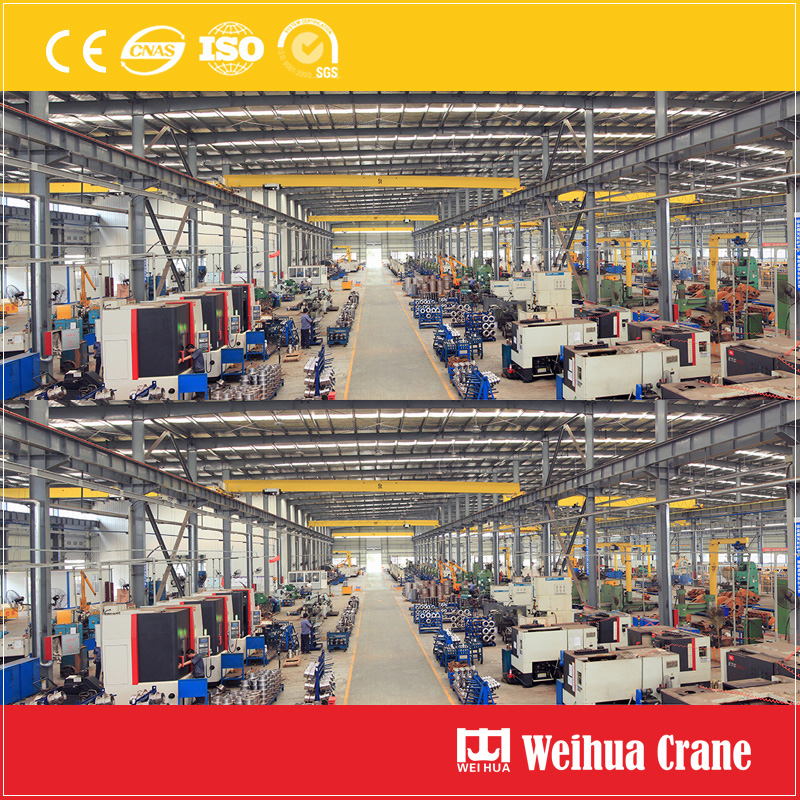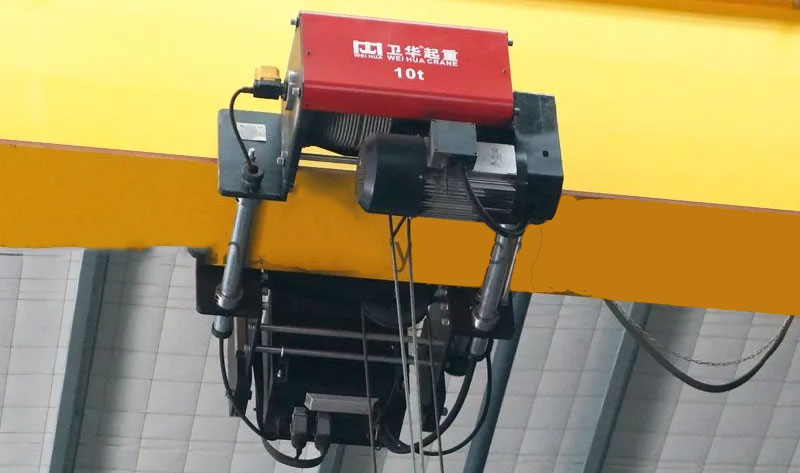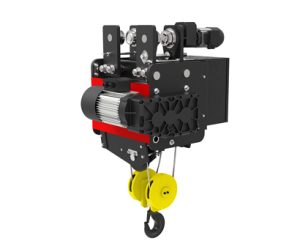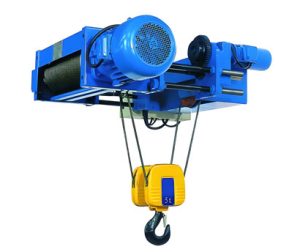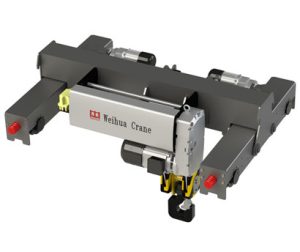Wciągnik elektryczny jest kluczowym elementem sprzętu do podnoszenia ciężkich ładunków. Jak każde złożone urządzenie elektromechaniczne, it can experience issues ranging from simple operational mistakes to serious mechanical failures. Learning to troubleshoot common problems can save you valuable time and money, while ensuring a safe working environment. This guide will walk you through the steps of diagnosing and resolving the most frequent electric hoist malfunctions.

Essential Precautions
Before you begin any troubleshooting:
- 1. Odłącz zasilanie: Always isolate the hoist from its power source. Lock out and tag out the circuit to prevent accidental re-energizing.
- 2. No Load Testing: Never attempt to troubleshoot a hoist under load. Lower the load to a secure resting place before inspection.
- 3. Personal Protective Equipment (ŚOI): Wear appropriate safety gear, including gloves and safety glasses.
- 4. Know Your Limits: If the problem involves major electrical components, structural integrity, or the brake system, consult a qualified technician. Your safety is paramount.

Common Electric Hoist Problems and Solutions
Here is a structured guide to diagnose and fix common hoist issues.
1. Hoist Does Not Operate At All
Symptoms:
Possible Causes & Solutions:
- 1. Power Supply Issue: This is the most common cause.
- Check: Ensure the main disconnect is ON. Verify that the hoist is plugged in correctly (jeśli ma to zastosowanie). Test the outlet or circuit breaker with a voltmeter.
- Rozwiązanie: Reset tripped breakers or replace blown fuses. Ensure the power cord is not damaged.
- 2. Open/Limit Switch Engaged:
- Check: Most hoists have an emergency stop or master switch that might be in the “OFF” position. Also, the upper limit switch may have been triggered, cutting power.
- Rozwiązanie: Ensure all switches are in the “ON” or reset position. Manually reset the limit switch (consult your hoist’s manual for the specific procedure).
- 3. Faulty Pendant Control:
- Check: Inspect the pendant cord for cuts, cracks, lub uszkodzenie. The buttons may be stuck or faulty.
- Rozwiązanie: Have a qualified electrician test the pendant for continuity. Replace the pendant if necessary.
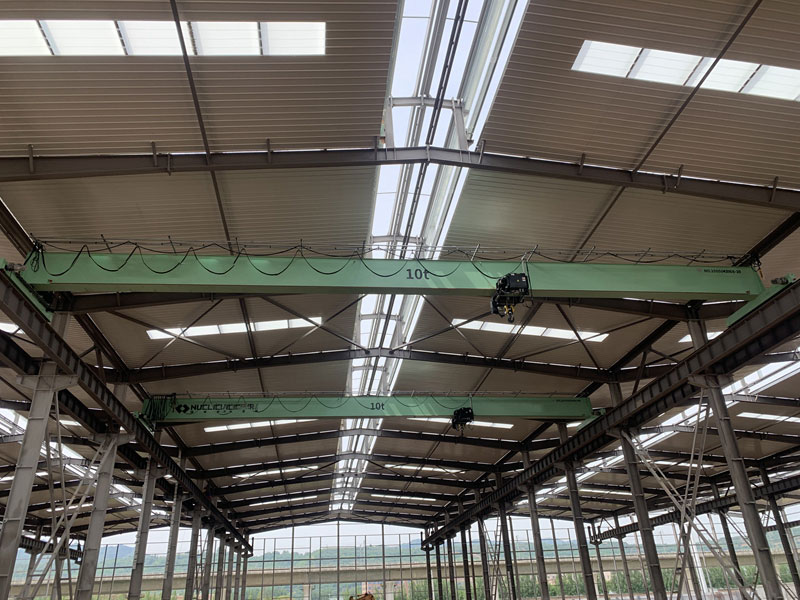
2. Hoist Operates in One Direction Only
Symptoms:
Possible Causes & Solutions:
- 1. Faulty Control Button:
- Check: The button for the non-working direction on the pendant may be damaged or have a broken wire.
- Rozwiązanie: Test the pendant control. Replacement of the button or the entire pendant is often required.
- 2. Stuck or Faulty Contactor:
- Check: The contactor (a heavy-duty relay) for one direction may have failed, burnt contacts, or a faulty coil.
- Rozwiązanie: This requires a qualified technician to diagnose and replace the faulty contactor.
- 3. Limit Switch Issue (for the raising direction):
- Check: The upper limit switch might be malfunctioning and not resetting, preventing the hoist from lifting further, even if it’s not at the limit.
- Rozwiązanie: Sprawdzać, test, and reset or replace the limit switch.
3. Motor Humms But Doesn’t Run
Symptoms:
Possible Causes & Solutions:
- 1. Niskie napięcie:
- Check: Use a voltmeter to check the voltage at the hoist’s connection point. It should be within 10% of the rated voltage.
- Rozwiązanie: Correct the power supply issue. Low voltage can seriously damage the motor.
- 2. Utrata fazy (for 3-Phase Hoists):
- Check: A blown fuse or broken wire can cause a loss of one phase.
- Rozwiązanie: A technician must check all fuses and wiring for the power supply.
- 3. Mechanical Jam or Overload:
- Check: The load might be beyond the hoist’s capacity, or an internal mechanism (koła zębate, namiar) may be seized.
- Rozwiązanie: Immediately turn off power. Check for a jammed load or obstruction. Do not force the hoist. If the mechanism is seized, professional repair is needed.

4. Hoist Struggles or Runs Slowly Under Load
Symptoms:
Possible Causes & Solutions:
- 1. Niskie napięcie:
- Check: As above, low voltage is a common culprit for poor performance.
- Rozwiązanie: Ensure adequate voltage supply.
- 2. Przeciążenie:
- Check: The load may be too heavy for the hoist.
- Rozwiązanie: Never overload a hoist. Check the weight of the load and ensure it is within the hoist’s rated capacity. Overloading is extremely dangerous and can cause catastrophic failure.
- 3. Worn Motor or Brake Drag:
- Check: Internal motor issues or a brake that is not fully releasing can create excessive drag.
- Rozwiązanie: Requires inspection and repair by a technician.
5. Excessive Noise During Operation
Symptoms:
Possible Causes & Solutions:
- 1. Lack of Lubrication:
- Check: Gears and mechanical joints may be dry.
- Rozwiązanie: Refer to the manufacturer’s manual for the correct lubrication points and type of lubricant. Do not over-lubricate.
- 2. Worn or Damaged Gears/Bearings:
- Check: Internal mechanical components wear out over time.
- Rozwiązanie: These components need to be replaced by a professional.
- 3. Loose Parts or Mounting:
- Check: Inspect the entire system, including the mount, haczyki, and guards, for loose bolts or parts.
- Rozwiązanie: Tighten all fasteners to the manufacturer’s specified torque.
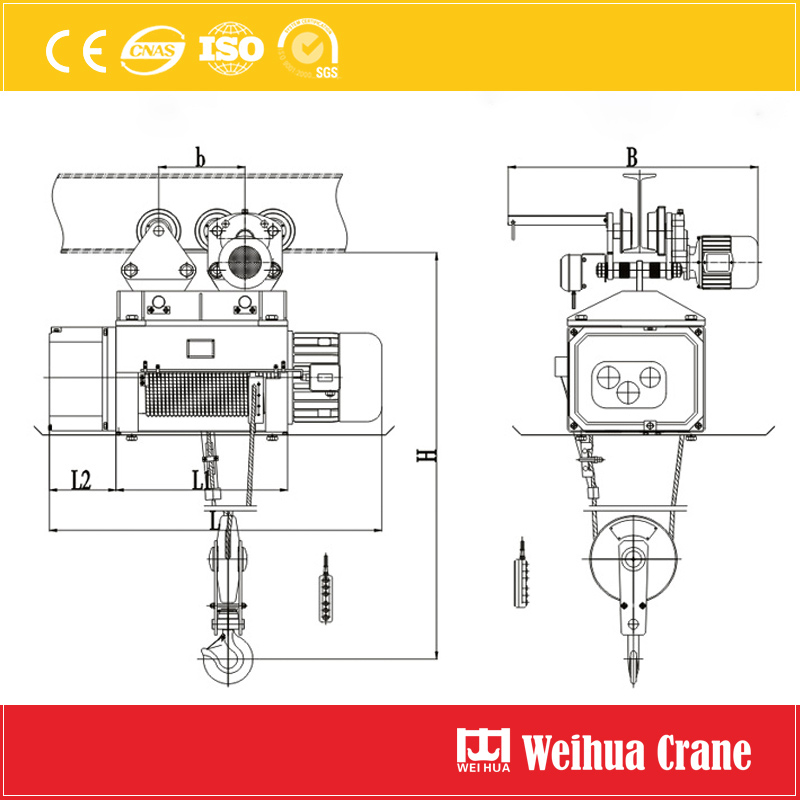
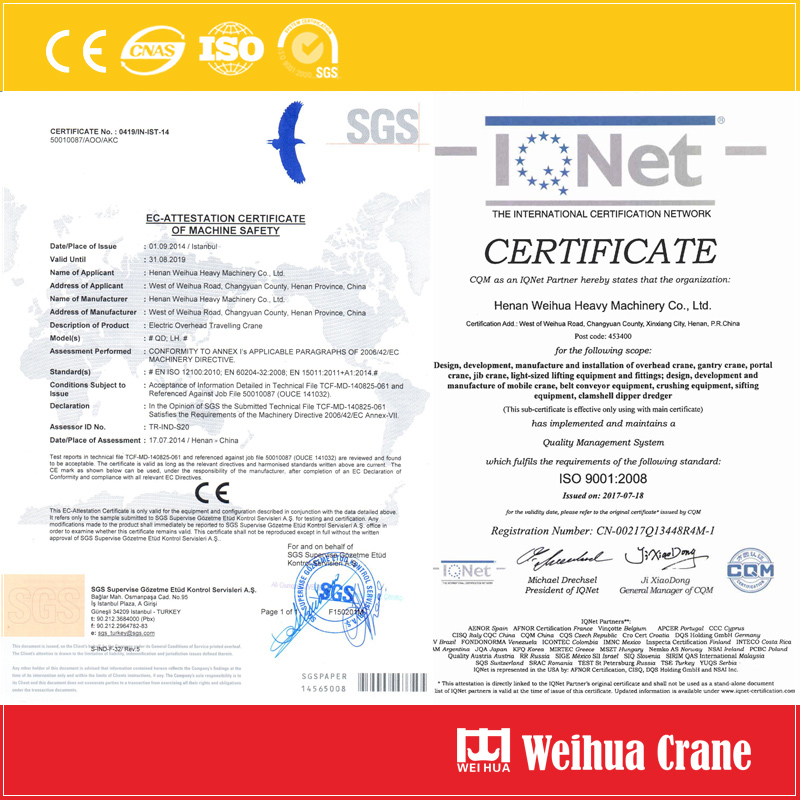
Kiedy wezwać profesjonalistę
While basic checks are fine, certain problems require expert attention:
-
1. Any internal electrical issue (styczniki, motor windings).
-
2. Any problem with the brake assembly.
-
3. Any structural damage to the hook, łańcuch, or housing.
-
4. Any gear or bearing replacement.
-
5. If you are unsure of the cause or the solution.
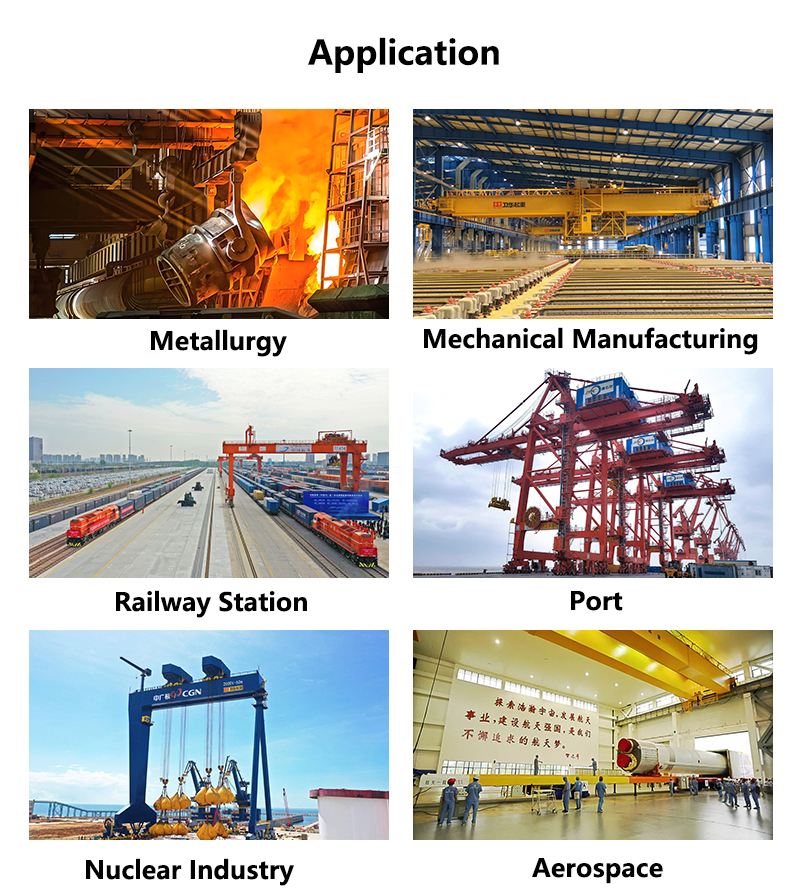
Preventive Maintenance is Key
The best troubleshooting is avoiding problems altogether. Establish a regular preventive maintenance schedule:
- 1. Kontrola wzrokowa: Daily check for loose bolts, damaged hooks, worn chain, and cord damage.
- 2. Test funkcjonalny: Test the hoist without a load daily, checking all directions and limit switches.
- 3. Regular Lubrication: Lubricate as per the manufacturer’s schedule.
- 4. Professional Inspection: Have a certified technician perform an annual inspection.
By using this electric hoist troubleshooting guide, you can confidently address common issues, maintain a safer workspace, and keep your operations running smoothly. Pamiętać: gdy masz wątpliwości, always err on the side of caution and call a qualified expert.
